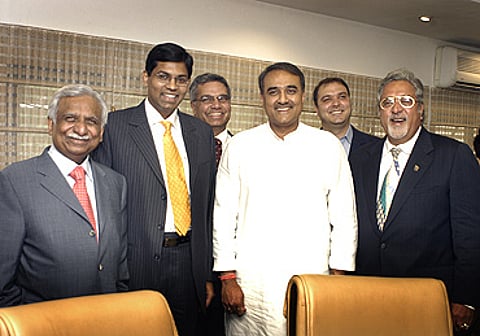Pop Goes The Pushpak
The flawed logic that propelled low-cost flights is showing. Many are grounding.

In any case, as the low-cost carriers are discovering, this fare structure only covers a portion of the overall operating cost of the flight. All airlines—full-service or no-frills—share the same airports and charges. What makes it worse is that India probably has the highest taxes on ATF: the Federation of Indian Airlines says the average domestic price of ATF is 60-70 per cent higher compared to Singapore and Dubai. So, fuel ends up accounting for 40 per cent of the operating cost while the global average is 20-25 per cent. With crude prices inching towards $150 a barrel, this ratio will get worse.
Recently, the government announced an excise duty cut on the import of ATF, but the real impact, experts say, will come only if states reduce the sales tax and ATF is given a 'declared goods' status. So far, only two states—Kerala and Andhra Pradesh—have cut taxes to 4 per cent. In the interim, Praful Patel, minister for civil aviation, is seeking sops from the Centre as well. But this will take time. So, a lot would hinge on the recommendations made by the empowered group of state finance ministers when they meet later this month.
For now, airlines are furiously cutting costs and trying to conserve fuel. For instance, pilots have been asked to use ground air-conditioning when the aircraft is standing at the parking bay. Also, airlines—like Deccan and SpiceJet—are deferring deliveries of new aircraft. Clearly, the low-cost aviation dream is heading for a meltdown. This translates into consolidation for airlines, and higher fares for consumers. It's going to be a tough summer in the skies.
Tags